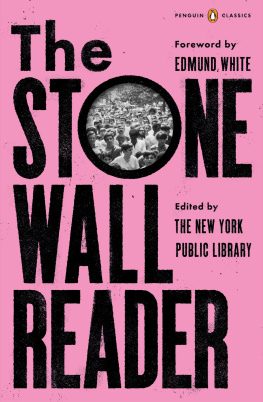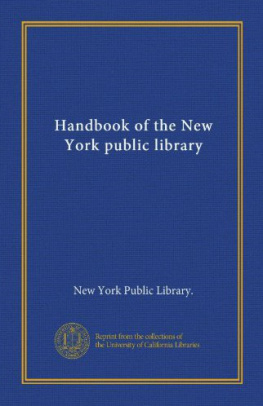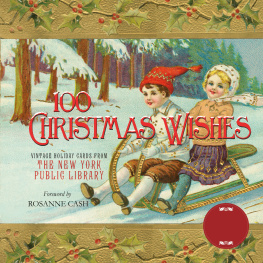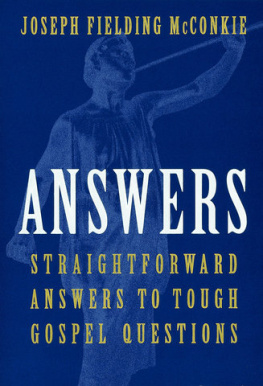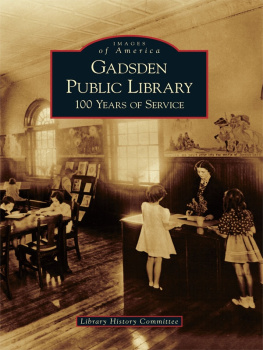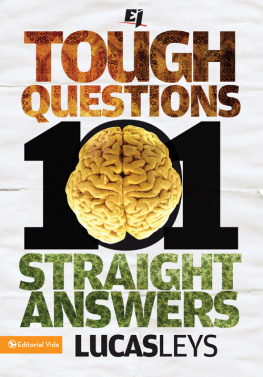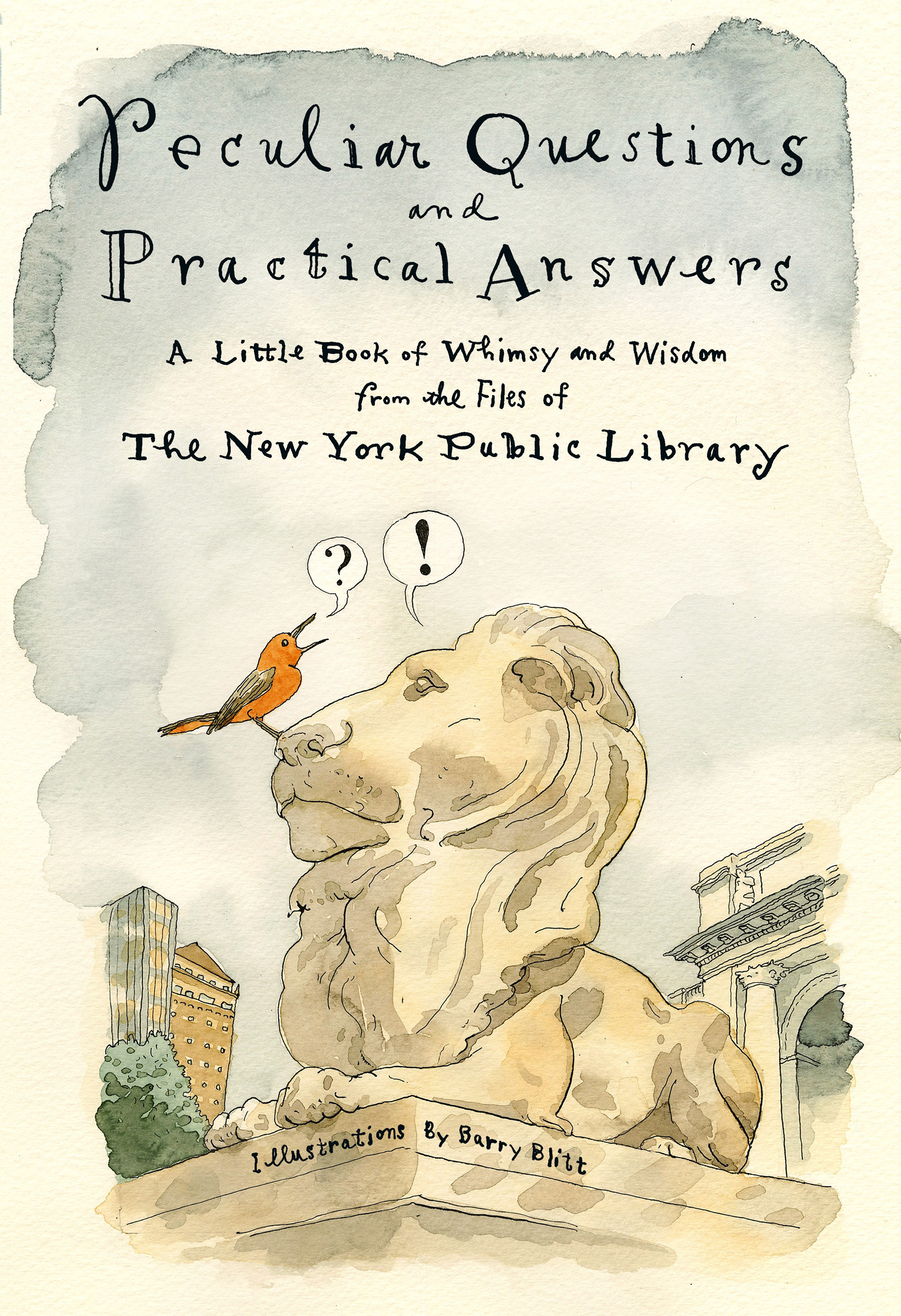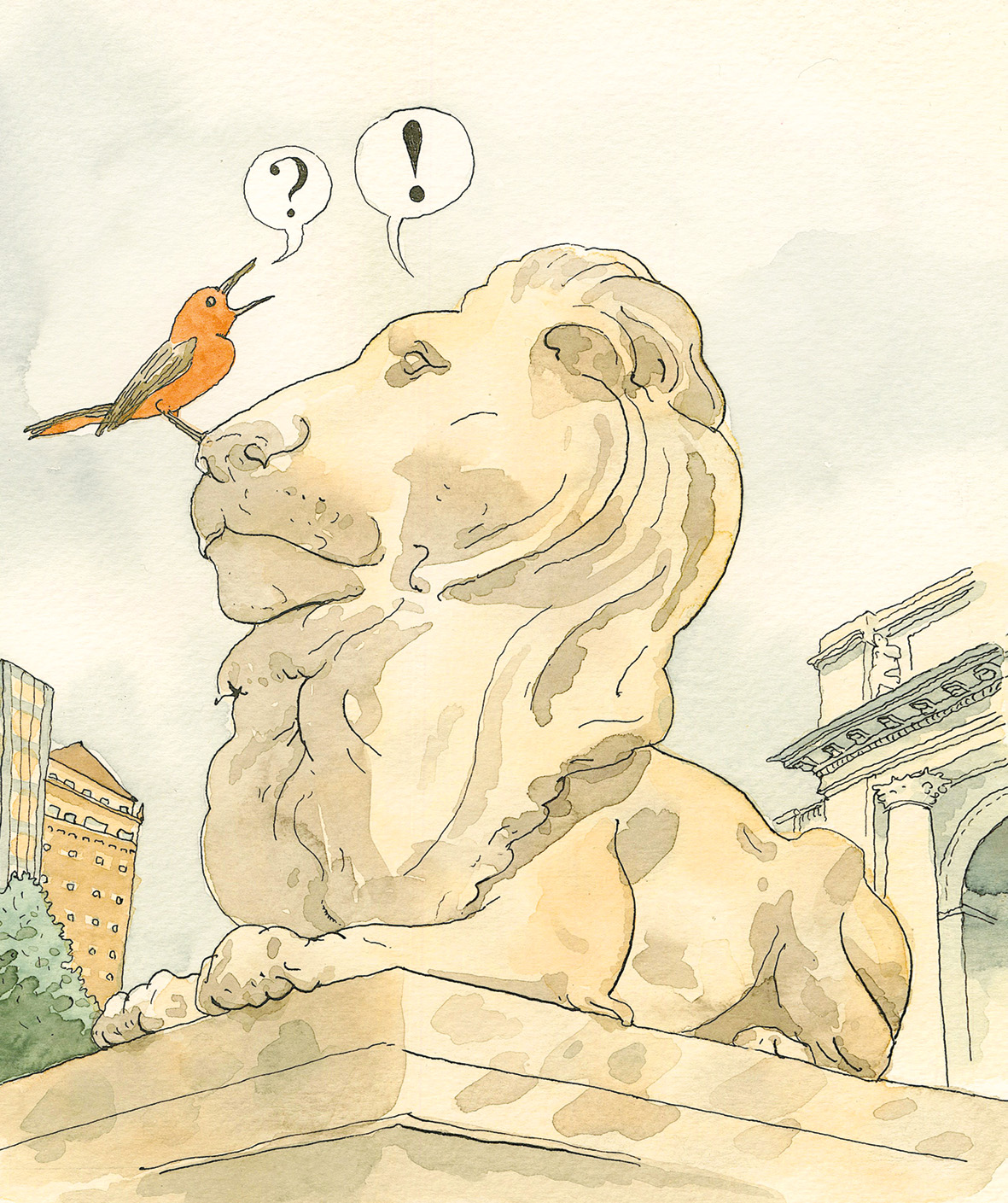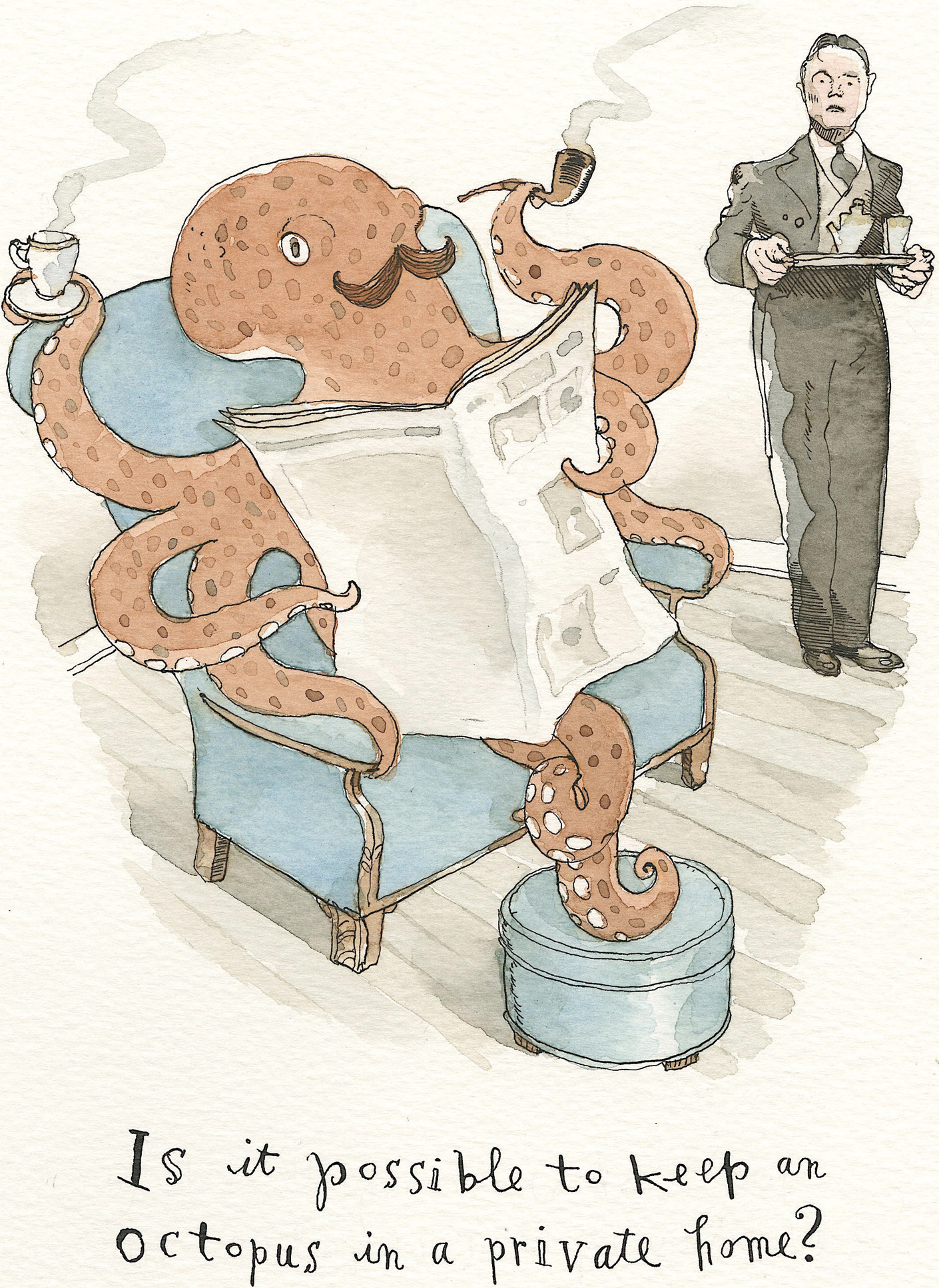New York Public Library - Peculiar Questions and Practical Answers: A Little Book of Whimsy and Wisdom from the Files of the New York Public Library
Here you can read online New York Public Library - Peculiar Questions and Practical Answers: A Little Book of Whimsy and Wisdom from the Files of the New York Public Library full text of the book (entire story) in english for free. Download pdf and epub, get meaning, cover and reviews about this ebook. year: 2019, publisher: St. Martins Publishing Group, genre: Romance novel. Description of the work, (preface) as well as reviews are available. Best literature library LitArk.com created for fans of good reading and offers a wide selection of genres:
Romance novel
Science fiction
Adventure
Detective
Science
History
Home and family
Prose
Art
Politics
Computer
Non-fiction
Religion
Business
Children
Humor
Choose a favorite category and find really read worthwhile books. Enjoy immersion in the world of imagination, feel the emotions of the characters or learn something new for yourself, make an fascinating discovery.

- Book:Peculiar Questions and Practical Answers: A Little Book of Whimsy and Wisdom from the Files of the New York Public Library
- Author:
- Publisher:St. Martins Publishing Group
- Genre:
- Year:2019
- Rating:3 / 5
- Favourites:Add to favourites
- Your mark:
Peculiar Questions and Practical Answers: A Little Book of Whimsy and Wisdom from the Files of the New York Public Library: summary, description and annotation
We offer to read an annotation, description, summary or preface (depends on what the author of the book "Peculiar Questions and Practical Answers: A Little Book of Whimsy and Wisdom from the Files of the New York Public Library" wrote himself). If you haven't found the necessary information about the book — write in the comments, we will try to find it.
The New York Public Library staff answers questions remarkable and preposterous, with illustrations by Barry Blitt.
Have youve ever wondered if you can keep an octopus in a private home? Do you spend your time thinking about how much Napoleons brain weighed? If so, Peculiar Questions and Practical Answers is the book for you. The New York Public Library has been fielding questions like these ever since it was founded in 1895. Of course, some of the questions have left the librarians scratching their heads...
In what occupations may one be barefooted?
What time does a bluebird sing?
What does it mean when youre being chased by an elephant?
What kind of apple did Eve eat?
How many neurotic people are there in the U.S.?
In Peculiar Questions and Practical Answers, the staff of the NYPL has dug through the archives to find thoughtful and often witty answers to over one hundred of the oddest, funniest, and most whimsical questions the library has received since it began record-keeping over seventy-five years ago. One of The New Yorkers best-known and beloved illustrators, Barry Blitt, has created watercolors that bring many of the questions hilariously to life in a book that answers, among others, the question Does anyone have a copyright on the Bible?
New York Public Library: author's other books
Who wrote Peculiar Questions and Practical Answers: A Little Book of Whimsy and Wisdom from the Files of the New York Public Library? Find out the surname, the name of the author of the book and a list of all author's works by series.

